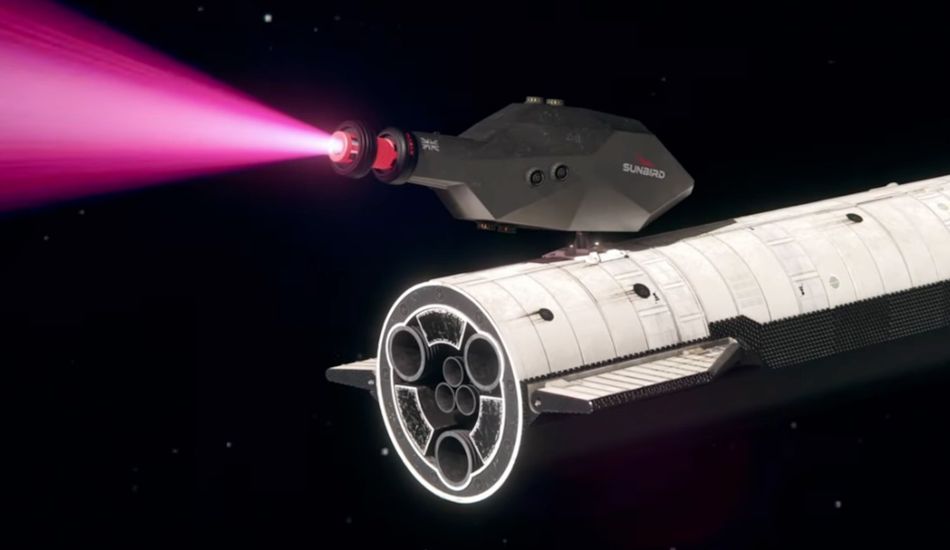
Sunbird Fusion Rocket: A Leap in Space Travel
A UK-based startup, Pulsar Fusion, is developing a revolutionary fusion rocket, the Sunbird, promising to drastically reduce travel times to Mars and beyond. The concept, showcased in a recent video, depicts a system capable of reaching speeds exceeding 529,000 kilometers per hour.
Orbital Deployment and Reusability
Unlike traditional rockets, Sunbirds will be launched from orbital docking stations, each capable of holding up to five rockets. This allows for reusability, significantly reducing launch costs and environmental impact. The video demonstrates a Sunbird attaching to a larger spacecraft, propelling it to its destination, and then detaching to return to the station—a highly efficient system.
Dual Direct Fusion Drive (DDFD) Technology
The Sunbird’s remarkable speed is attributed to its Dual Direct Fusion Drive (DDFD) engines, leveraging the power of nuclear fusion. This technology promises a significant increase in energy output per unit of fuel compared to existing propulsion systems, with projected exhaust speeds of approximately 500 kilometers per second.
Ambitious Timeline and Potential Applications
Pulsar Fusion aims to demonstrate key power system components later this year, with in-orbit testing and the goal of achieving nuclear fusion in space by 2027. Success could revolutionize space exploration, enabling faster delivery of cargo and personnel to the Moon and Mars—potentially within six months for Mars. Further applications include deep-space probes, asteroid mining, and deploying telescopes across the solar system. While the initial cost is estimated at $70 million per unit, the company anticipates rapid return on investment through commercial use.
While challenges remain, the potential of the Sunbird and the growing interest in fusion propulsion suggest a future where space travel becomes significantly more accessible and efficient.
Source: Gizmodo